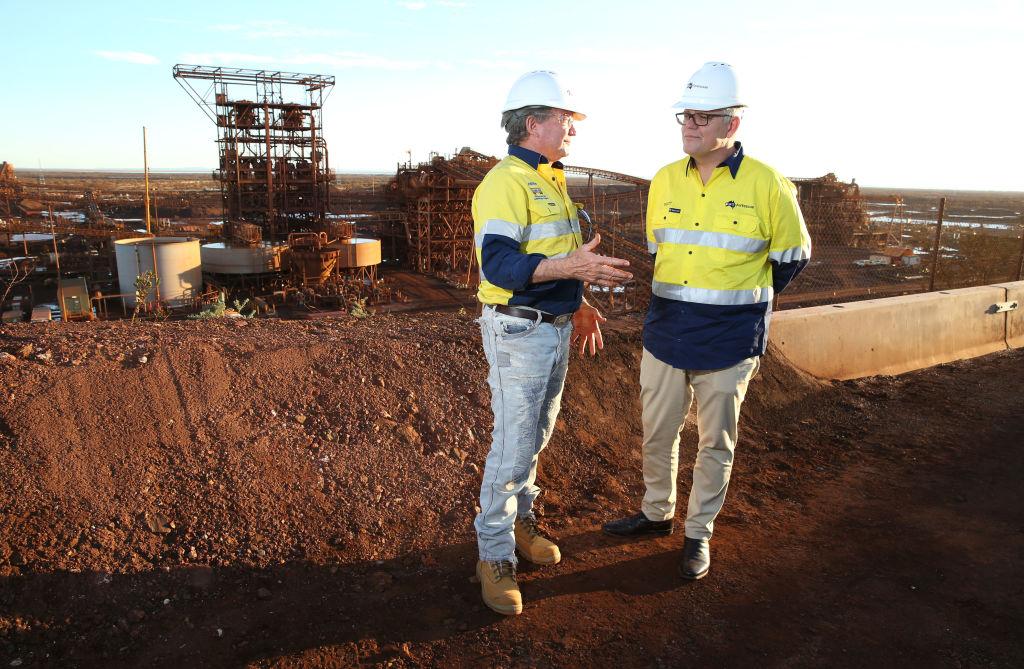The Australian mining, oil, and gas industry has welcome newly announced federal subsidies for fossil fuel and mineral projects worth hundreds of million dollars in Western Australia (WA).
Australian Petroleum Production and Exploration Association Deputy Chief Executive Damian Dwyer said that the new investments reflected the federal government’s recognition of the significance of gas in decades to come.





